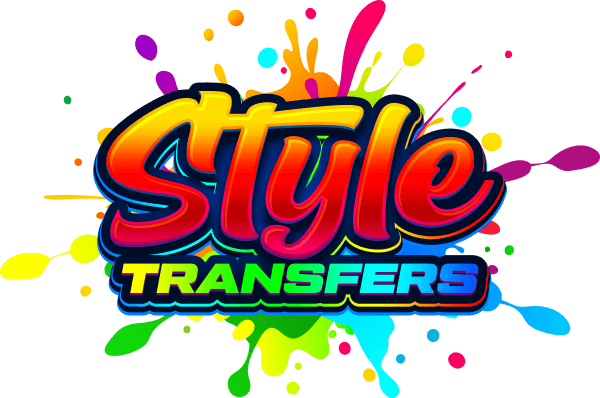
DTF printing vs sublimation
Share
DTF Printing (Direct to Film) and Sublimation are two popular methods for transferring designs onto garments and other surfaces. Each has its advantages and limitations, making them suitable for different applications. Here's a comparison:
1. Materials
-
DTF Printing:
- Works on a wide variety of fabrics, including cotton, polyester, blends, nylon, and even darker fabrics.
- Requires a DTF printer, adhesive powder, and transfer film.
-
Sublimation:
- Limited to polyester or polymer-coated surfaces (e.g., mugs, phone cases, and metal).
- Best results on light-colored fabrics.
- Requires sublimation ink, sublimation paper, and heat-resistant materials.
2. Color Vibrancy
-
DTF Printing:
- Produces vibrant, full-color prints on all fabric colors, including dark ones, thanks to the use of white ink as a base.
-
Sublimation:
- Delivers extremely vivid and vibrant colors, but only on light-colored surfaces.
3. Durability
-
DTF Printing:
- Durable and resistant to cracking or peeling with proper care (lasts 50–100 washes or more).
- Flexible and soft prints that stretch with the fabric.
-
Sublimation:
- Extremely durable as the ink becomes part of the material.
- Designs won’t crack, fade, or peel over time.
4. Feel of the Print
-
DTF Printing:
- Slight texture where the print is applied, though modern DTF prints are soft and flexible.
-
Sublimation:
- No texture; the print feels like part of the fabric.
5. Application Process
-
DTF Printing:
- Print the design onto a special transfer film.
- Apply adhesive powder, cure it, and transfer it to the garment using a heat press.
-
Sublimation:
- Print the design on sublimation paper.
- Transfer the design onto the substrate using heat and pressure.
6. Cost
-
DTF Printing:
- Initial setup cost is higher due to specialized printers and consumables.
- Cost-effective for smaller runs and detailed designs.
-
Sublimation:
- Lower initial cost for light-colored polyester applications.
- Higher material cost if using coated substrates.
7. Versatility
-
DTF Printing:
- Can be applied to almost any fabric or material (cotton, blends, nylon, etc.).
- Ideal for custom T-shirts, hoodies, and other garments.
-
Sublimation:
- Excellent for hard surfaces like mugs, tiles, or metal, as well as polyester apparel.
- Limited to light-colored surfaces.
8. Limitations
-
DTF Printing:
- Requires careful handling of materials (powder and film).
- Prints may feel slightly thicker compared to sublimation.
-
Sublimation:
- Limited to white or light-colored polyester fabrics.
- Cannot be used on cotton or dark fabrics without special treatments.
Which One Should You Choose?
- DTF Printing: Best for diverse applications, fabrics, and designs, especially for dark garments or cotton materials.
- Sublimation: Ideal for vibrant, durable designs on light polyester garments or hard substrates like mugs and coasters.
Both methods excel in their respective domains, so the choice depends on your project requirements.
